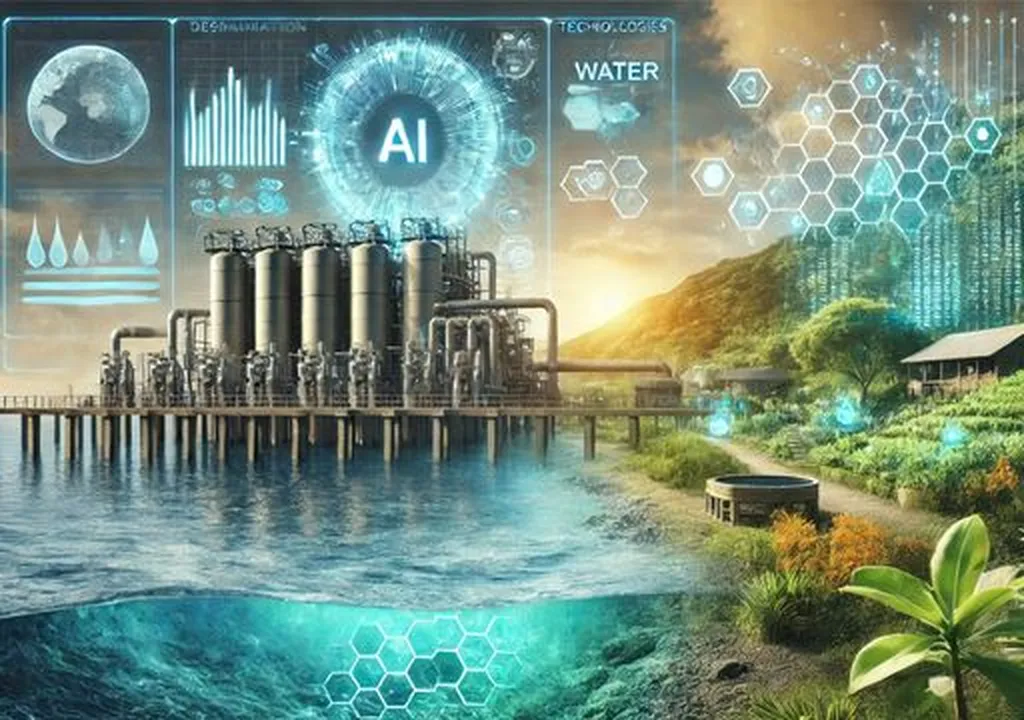In the heart of North Bhubaneswar, Odisha, India, a groundbreaking study is revolutionizing the way we monitor and assess urban drinking water quality. Led by Kshyana Prava Samal from the Centre for Water Research and Climate Change at Kalinga Institute of Industrial Technology, this research is not just about ensuring clean water for communities but also about setting a new standard for water quality assessment that could have significant implications for the energy sector.
The study, published in the Limnological Review (which translates to “Lake Research Review”), integrates the Water Quality Index (WQI) with statistical analysis, geospatial technologies, and machine learning models to provide a comprehensive assessment of water quality. This innovative framework is crucial in a region where rapid urbanization and industrialization have significantly deteriorated water quality, posing severe pollution threats from domestic, agricultural, and industrial sources.
Samal and her team monitored several key physicochemical parameters, including pH, electrical conductivity (EC), dissolved oxygen (DO), hardness, chloride, total dissolved solids (TDSs), and biochemical oxygen demand (BOD) across 21 wards in the northern zone. The Weighted Arithmetic WQI method was employed to determine overall water quality, which ranged from excellent to good. “This method provides a single composite value representing overall water quality, making it easier to understand and act upon,” explains Samal.
But what sets this study apart is its use of machine learning models to enhance the accuracy and reliability of water quality assessment. Models like Logistic Regression (LR), Decision Tree (DT), Random Forest (RF), Support Vector Machine (SVM), K-Nearest Neighbors (KNN), and Naïve Bayes (NB) were applied to classify water quality based on the monitored parameters. Among these, the Decision Tree (DT) and Random Forest (RF) models demonstrated the highest precision (91.8% and 92.7%, respectively) and overall accuracy (91.7%).
The implications of this research are far-reaching. For the energy sector, ensuring access to clean water is not just a social responsibility but also a commercial imperative. Water is a critical input for many energy processes, and ensuring its quality can significantly impact operational efficiency and costs. “By integrating machine learning with traditional water quality assessment methods, we can provide more accurate and reliable data, enabling better decision-making and resource management,” says Samal.
Moreover, the study emphasizes the importance of continuous water quality monitoring and offers data-driven recommendations to ensure sustainable access to clean drinking water. This approach could be replicated in other urban areas facing similar challenges, making it a valuable tool for urban planners, policymakers, and energy companies alike.
As we look to the future, this research paves the way for more sophisticated and efficient water quality assessment methods. By leveraging the power of machine learning and geospatial technologies, we can ensure that our water resources are not only clean but also sustainably managed. This is not just about ensuring access to clean water; it’s about shaping a future where technology and sustainability go hand in hand.

